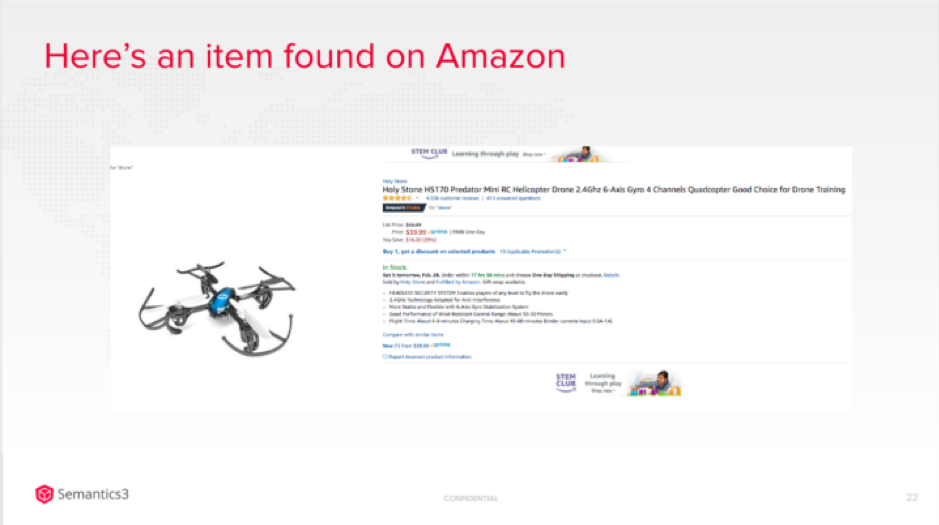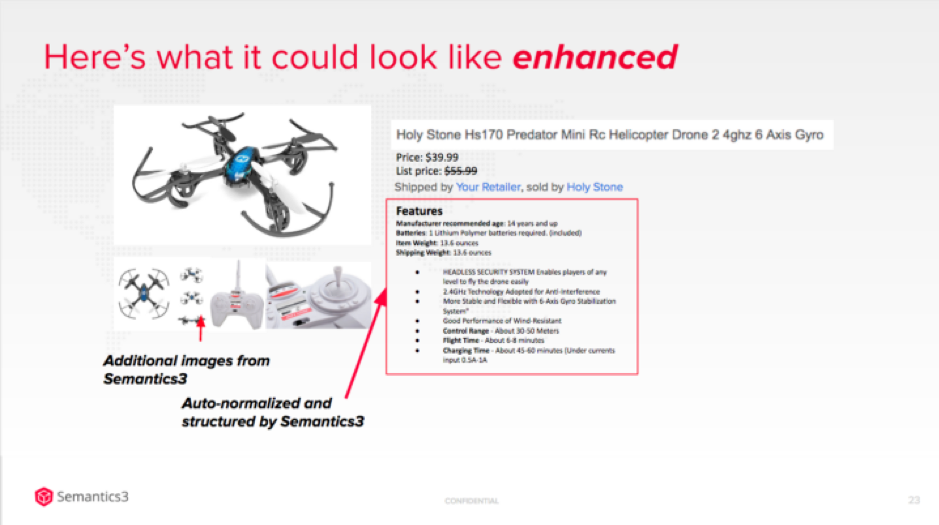When managing a business, and particularly in the online part, it is essential to analyze the product before setting a price, description and classification by category to ensure you stand out from all the competing offers.
These types of solutions are becoming increasingly common in large companies. Now, thanks to APIs, they are now also within reach of any company, whatever its size or sector.
The use of APIs in a company can offer numerous competitive advantages. These are some of the areas where APIs can help:
Payments
There are many options available in the API universe that offer the interconnection needed to process all types of payments in a 100% digital way. These technologies all also offer the required commitment to security and protection against fraud.
Two good options for payment management APIs are BBVA API_Market’s Payments and Cards. The first enables the business to formalize both movements between accounts, and national and international transfers with its customers. So the business can add transfers to its offer of collection and payment services, and even create a periodic rule which is essential when selling subscriptions to services or in the case of installment purchases.
The Cards API allows a business to expand its knowledge of its customers and users by accessing their card transaction history. It also serves to streamline procedures when customers are making a purchase, as it recovers the PAN, CVV and expiry date, all protected by two-factor authentication.
These are two examples of how APIs can enhance a business. There is a wide array of solutions available in the area of payments. Some, such as Wepay and Stripe, focus on payment management and its integration with various platforms and channels, whereas others, like Square, transform almost any smartphone into a POS capable of processing credit card payments.
Customers
Customers are the cornerstone of any business, and managing them is part of the core of the company’s growth strategy. Streamlining the procedures to ensure there is as little friction as possible in the customers’ relation with the business’s value proposition will definitely have a direct impact on its results.
This is where features like the onboarding process, satisfaction analyses after the purchasing process or the management of pre- and post sales communication come in.
BBVA API_Market’s Customers API offers developers a way of recovering key user information in an accurate and updated way without having to make them fill out endless forms. This is one of the best ways to verify a customer’s identity, by providing information on their full name, age, sex, geographic location or e-mail, and ensuring an effective and frictionless onboarding process.
APIs are also behind customer relationship managers (CRM) such as Salesforce or Hubspot, two of the big names in this increasingly crowded sector. Other interesting functionalities are those offered by Customer.io, specializing in transactional mailing; or Customer.guru, which offers a Net Promoter Score service, a metric that measures the customer’s willingness to purchase again or to recommend the product or service to friends and family.
Price
Price is one of the key deciding factors in a sale. Increased competition coupled with lower margins means that prices today vary even more dynamically. This is why constant and methodical supervision is required in order to stay up to date. Price analysis allows a business to predict competitors’ future actions based on how they have behaved in the case of previous products.
Good options for analyzing competitors’ prices are the services offering data obtained in real time from Amazon, Google Shopping, eBay and other points of sale in 35 countries.
The data they can offer a business include the frequency with which prices change, who the main competitors are, and a product’s position compared to the prices of the competition. Another advantage of price analysis is that competitors’ future actions can be anticipated based on how they have behaved in the case of previous products.
Some of the most important APIs in this segment are Price API, which identifies the competitors’ price-setting strategies and predicts systematic changes in prices using intelligence data from retail sales; PriceTree, which monitors the competitors’ prices to find price opportunities, all under demand via API; and Priceonomics, which connects the web store with its product line and a database of price estimates for the articles used.
Product data
Another decisive factor in the purchasing process is the quality of the inventory. The quantity and quality of the photos and texts included in a product description are essential for increasing sales and positioning. Normally these data are provided by the product distributor or manufacturer, but when the information is scarce or of poor quality, it is a good idea to expand these descriptions to set them apart from the competition.

Example of a product with no detailed description or additional photos in Amazon. Source: blog Semantics3’s.

Example of a product with a detailed description and additional photos in Amazon. Source: blog Semantics3’s.
There are several APIs for improving inventory quality: structured product data, a distributors API for direct integration with their catalog, keyword search, and price and barcode analysis. Semantics3’s is one, and offers a complete catalog of APIs to enrich the product’s metadata; also Webhose.io, which gives access to a database of millions of products in thousands of online stores; or Bigcommerce, which uses a single API call to create a product with all its variations and data. The quantity and quality of the photos and texts included in a product description are essential for increasing sales and positioning.
Barcodes
Stock management and logistics could not be understood today without barcodes. Although for some years they were even predicted to disappear, this system continues to prosper in the age of eCommerce.
In some cases all the product information must be obtained from a barcode. There are services specializing in code management that offer all the information for UPC, EAN, GTIN and ISBN formats.
The basic version is usually free and is limited to some 100 combined queries daily, so businesses can test whether the service adapts to the requirements of each specific case. You can also test a code query directly on some webpages and obtain all the information available on that product: name, descriptions, related codes –like Amazon’s ASIN– and similar, and also any available images.
The APIs available in this area include particularly UPCITEMDB, which can find information related to products, images, barcodes and purchasing guides; SearchUPC allows the implementation of the UPC to the product functionality on websites and mobile apps and the generation of UPC graphics from code numbers; and UPCdatabase is a totally free site with a database of over two million entries.
Some of these APIs allow you to test some of their features free before signing up so you can see whether they fit the business’s needs. To assess them correctly it is important to verify whether all the characteristics of the service are enabled by default during the test period.













